Tires are classified according to the type of tread pattern and operating conditions:
1. Road tires (summer) - designed for use on highways. The tread pattern consists of checkers or ribs separated by grooves, usually not wide.
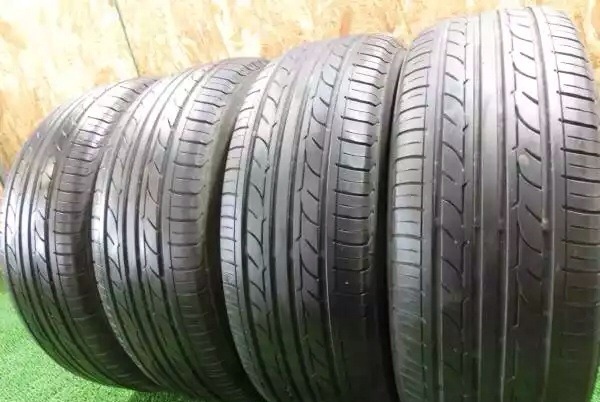
Summer tires.
2. Universal tires - designed for operation, both on highways and on dirt roads. The tread pattern consists of blocks or ribs and may have lugs (massive protrusions) along the edges of the tread.
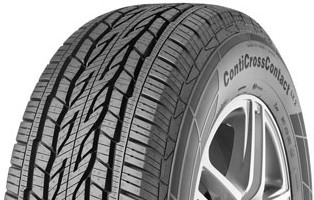
Universal tyres.
3. Off-road tires - used for off-road and soft soil conditions. They are distinguished by a sparse pattern with developed lugs along the edges and powerful non-deformable checkers in the center of the treadmill.
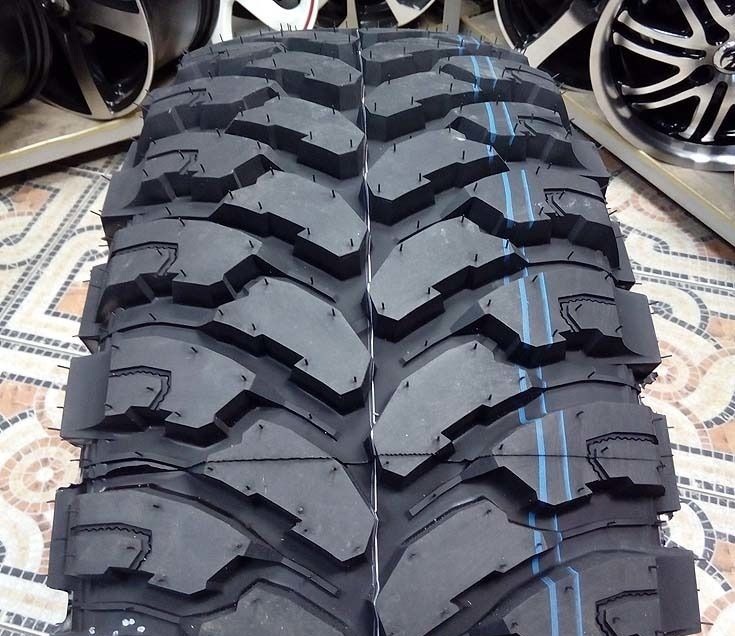
Tires of the increased passableness.
4. All-weather tires R+W ("Road" + "Winter" - road and winter) - designed for operation, both in winter and in summer. Provide an acceptable implementation of the performance characteristics for year-round use on highways and dirt roads. The pattern is more sparse than that of the road ones, and can be with micro-grooves (sipes) that provide grip on icy and snowy roads;
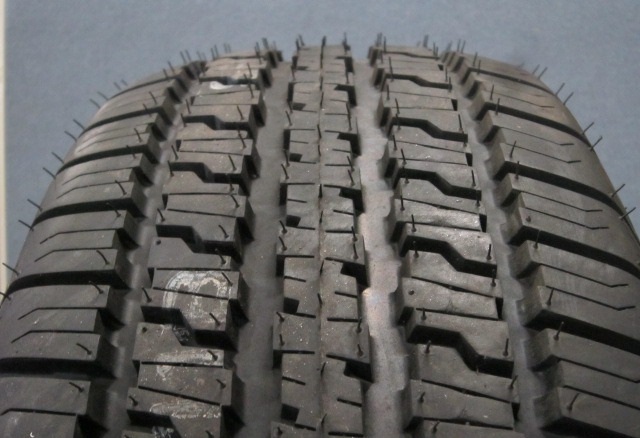
All season tires.
5. Winter tires M + S ("Mud" + "Snow" - mud and snow) - designed for operation in the winter season. There are two types of winter tires:
Non-studded, made of soft grades of rubber, most often having a directional pattern with a large number of sipes and intended mainly for use on cleared roads, in large cities.
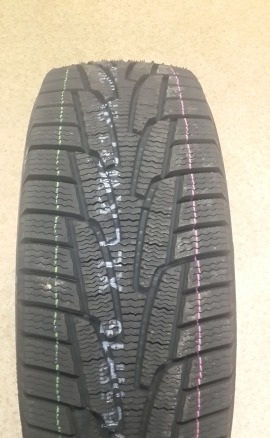
Winter tires.
Studded or with the possibility of studding, made of rubber of medium hardness and having studs or marked places for mounting studs. The tread pattern is sparse, with a developed network of sipes, in some cases approaching off-road tire models. They provide good flotation in deep snow and well remove snow sludge. Studded tires offer better traction on ice and packed snow, but on hard pavement, traction deteriorates. They have increased noise.
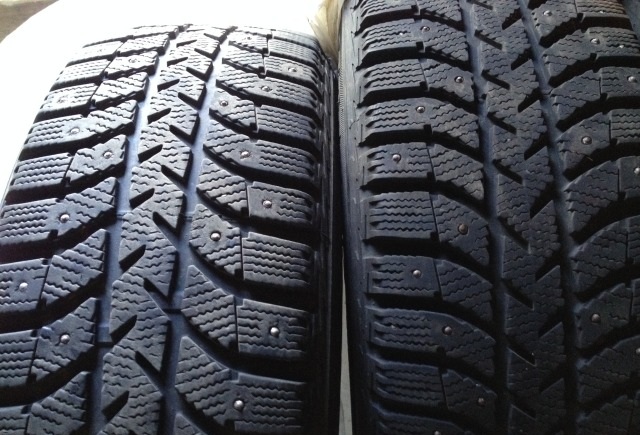
Winter studded tires.
Tires are classified according to the type of tread pattern:
Depending on the location of the elements, the tread pattern can be non-directional A , directional B or asymmetric C.
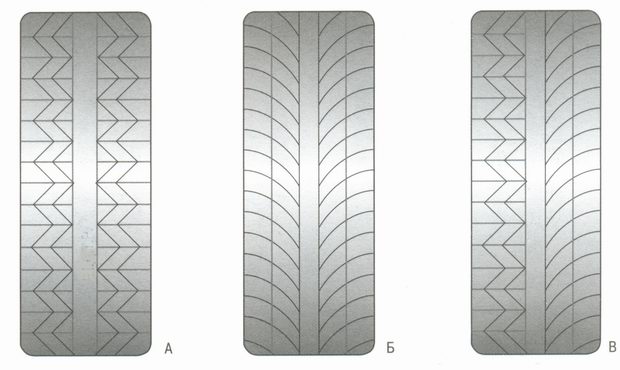
Types of tread patterns:
A - symmetrical;
B - directed;
B is asymmetrical.
1. Non-directional pattern - symmetrical about the radial plane of the wheel (passing through its axis of rotation). It is the most versatile, so most tires are produced with this pattern.
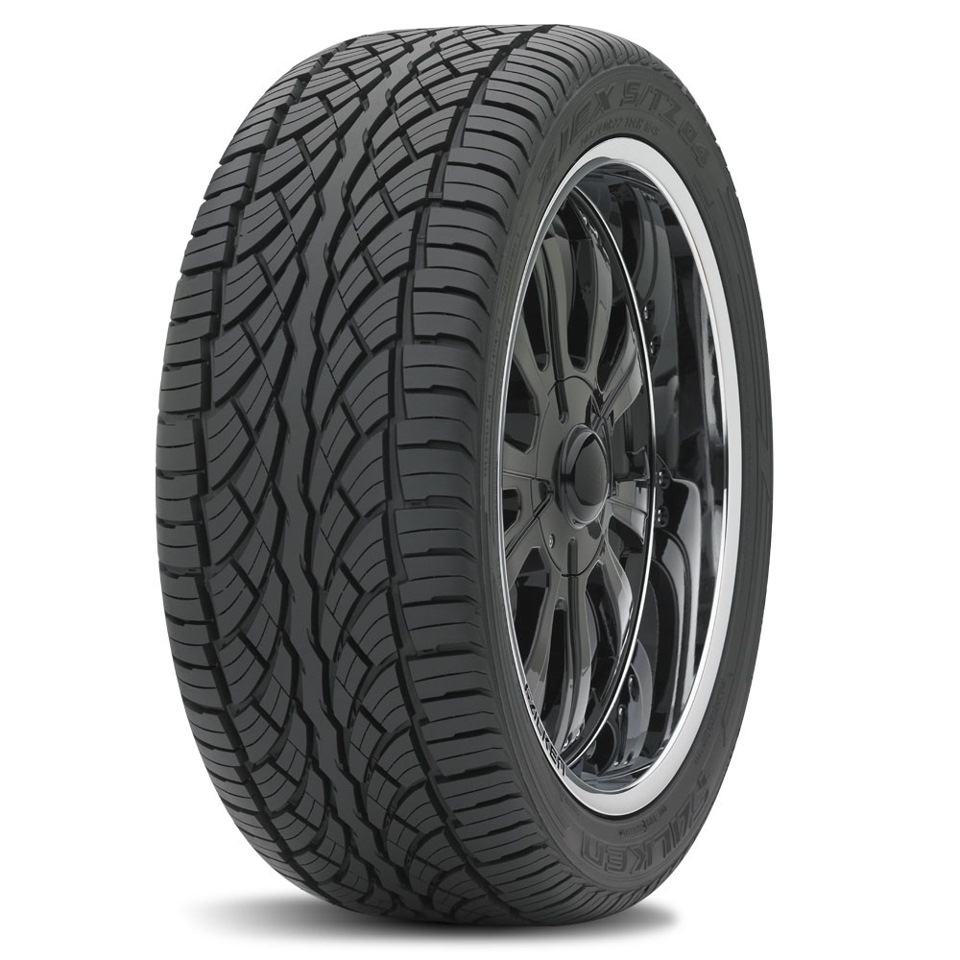
Non-directional tread pattern.
2. Directional pattern - symmetrical about the central plane of rotation of the wheel (passing through the middle of the tread). It is characterized by an improved ability to drain water from the contact patch with the road and reduced noise. The spare wheel coincides in the direction of rotation only with the wheels of one side of the car, but its temporary installation on the other side is permissible under the condition of driving at low speed.
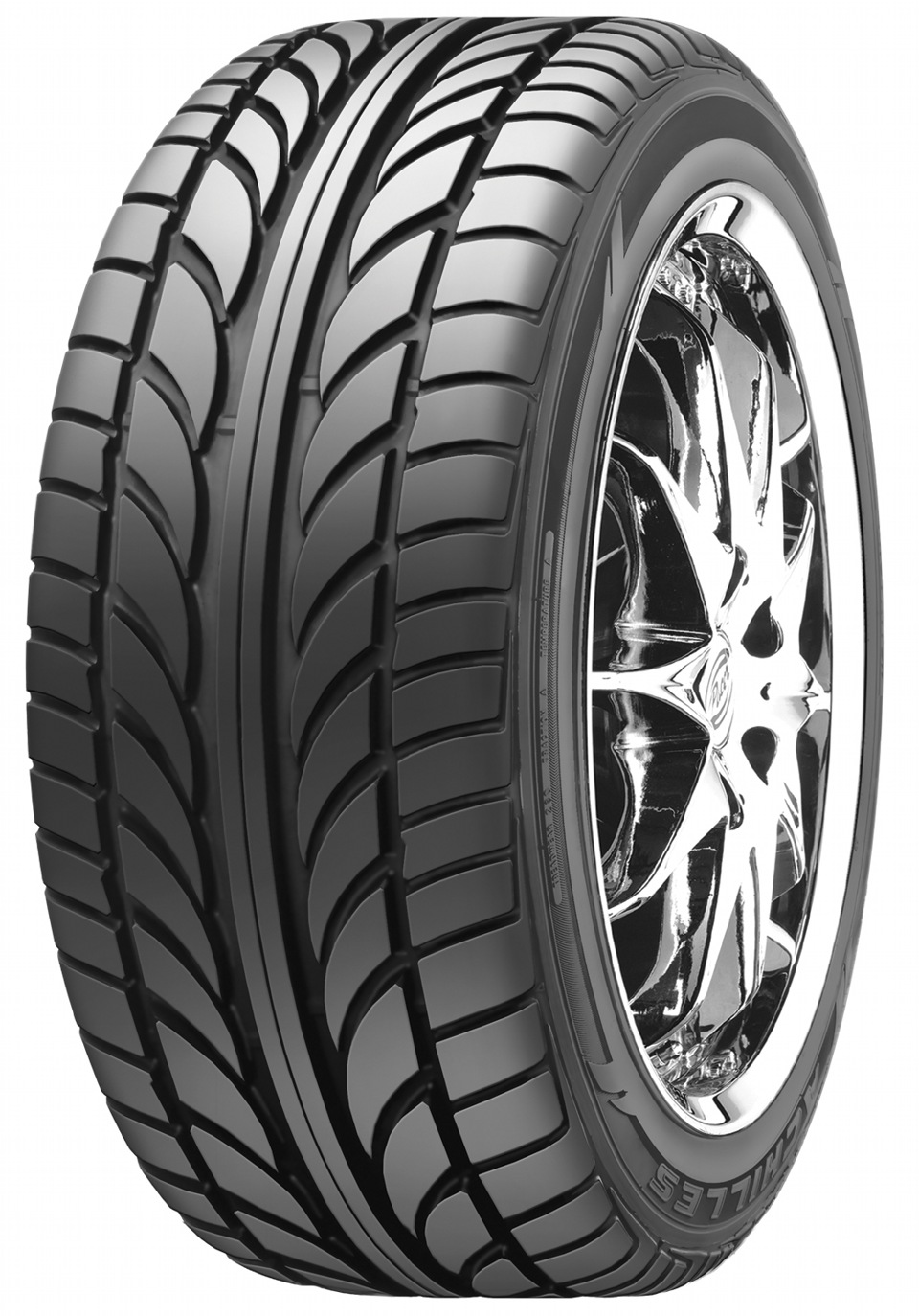
Directional tread pattern.
3. Asymmetric pattern - asymmetrical with respect to the central plane of rotation of the wheel. It is used to implement different properties in one bus. For example, the outer side of a tire performs better on dry roads, while the inner side performs better on wet roads.
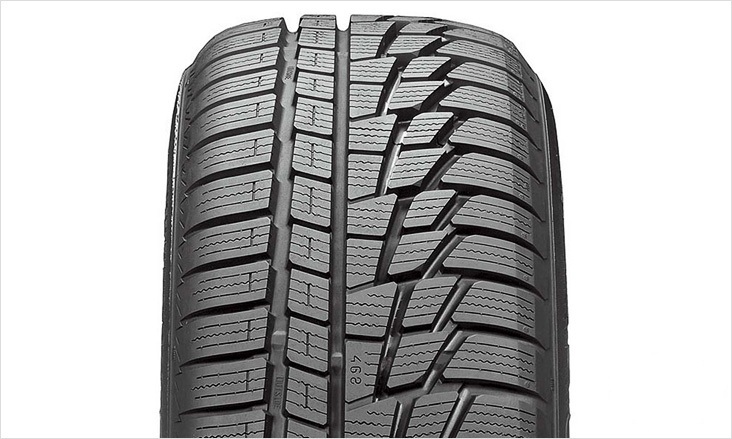
Asymmetric tread pattern.
Tires are classified according to the way the cavity is sealed:
Tires come with or without a tube. Tubeless tires are generally considered to be more reliable than tubed tires because when a tire is punctured, air only exits the tire through the puncture hole, while tubeless tires allow air to escape from the tire cavity around the entire circumference of the mounting hole, since this connection is compromised. . Therefore, a tubeless tire leaves more time to maneuver before the moment when riding on a damaged wheel becomes dangerous. In addition, tubeless tires are lighter than their tubeless counterparts. On board a tubeless tire, you can find the designation "Tubeless", "TL", on board a chambered tire - "Tubetype", "Tubed Tire".
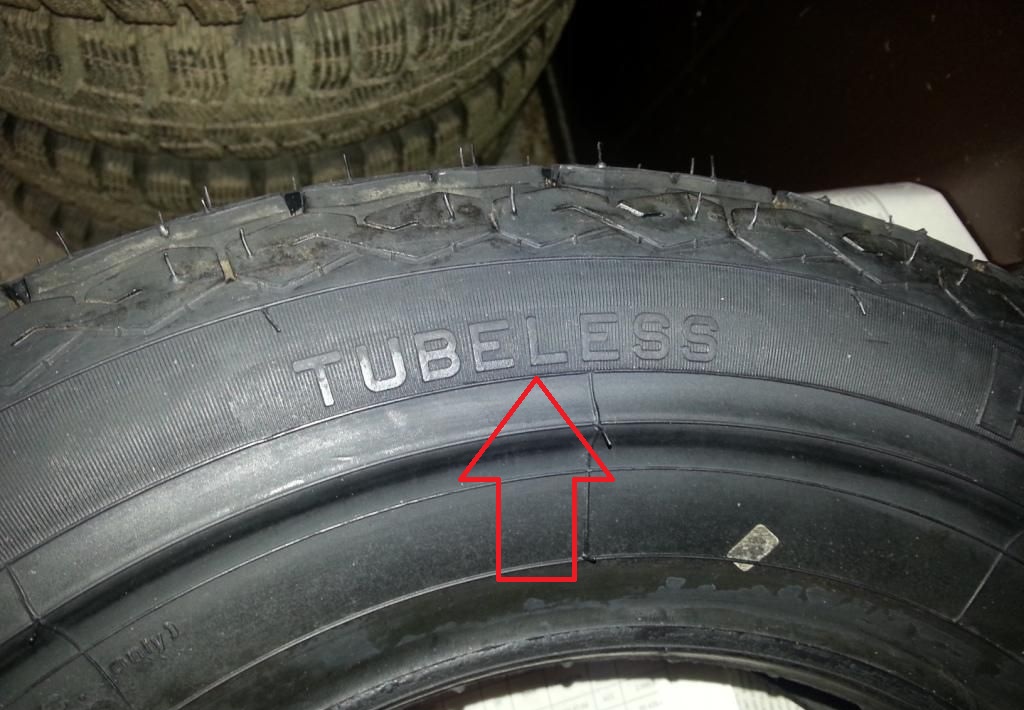
The designation of a tubeless tire.
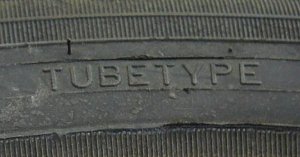
Designation of a tube tire.
Tires are classified according to the arrangement of threads in the carcass and breaker:
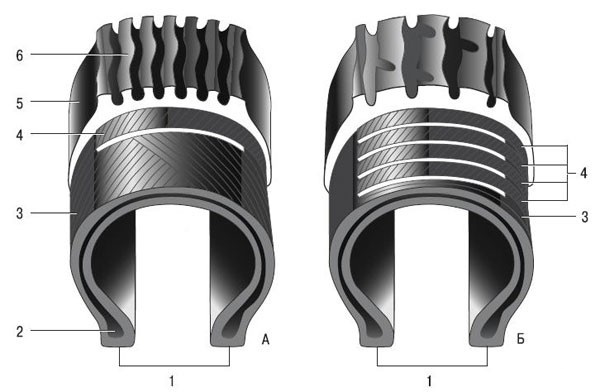
Tire carcass types:
And - the tire of a diagonal design;
B - tire of radial design;
1 - landing surfaces;
2 - rim;
3 - cord threads;
4 - breaker;
5 - sidewall;
6 - protector.
1. Diagonal tires . Bias tires have a carcass of one or more pairs of cord plies arranged so that the threads of adjacent plies intersect.
Note:
You probably won't have to choose tires on this basis, as bias tires have almost completely been pushed out of the market by radial tires. The design of bias tires is outdated, but they continue to be produced in small numbers because they are relatively cheap to manufacture. The only benefit of these tires is that they have a stronger sidewall.
2. Radial tires. In a radial tire, the carcass cord is stretched from one bead to the other without overlapping threads. The direction of thread tension follows from the name.
The thin soft shell of the frame along the outer surface is covered with a powerful flexible breaker - a belt made of high-strength inextensible cord, usually steel. Therefore, “belted” (belted) or “steel belted” (belted with steel) is often added to the inscription “radial” (radial) on the sidewalls of tires.
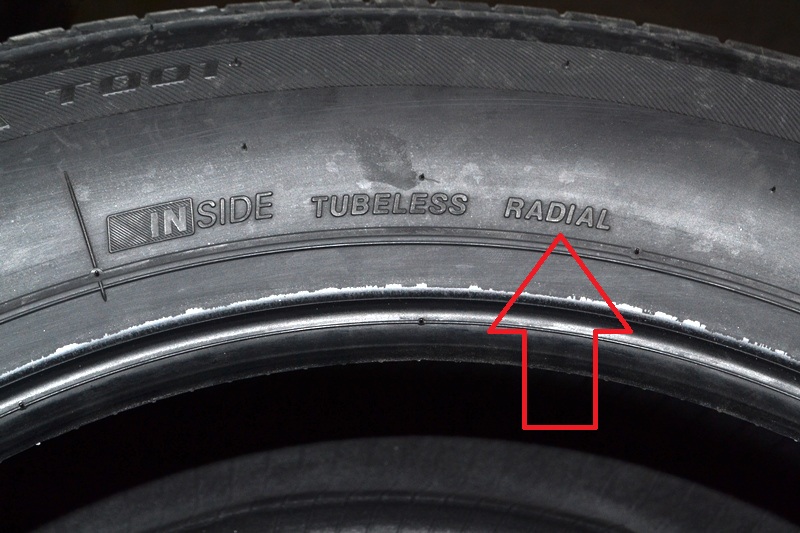
Radial lettering on the tire.
This arrangement of the cord layers reduces the tension in the threads, which makes it possible to reduce the number of layers, gives the carcass elasticity, reduces heat generation and rolling resistance.
Radial tires have many advantages, they are more comfortable, durable, stable, and have lower rolling resistance. Bias tires are preferred for off-road and high impact wheel loads.
Note:
Never use bias and radial tires at the same time. This can lead to a change in the controllability of the car on the road and, as a result, to an emergency.
The article is missing:
- High-quality repair photos
Source: http://carpedia.club/
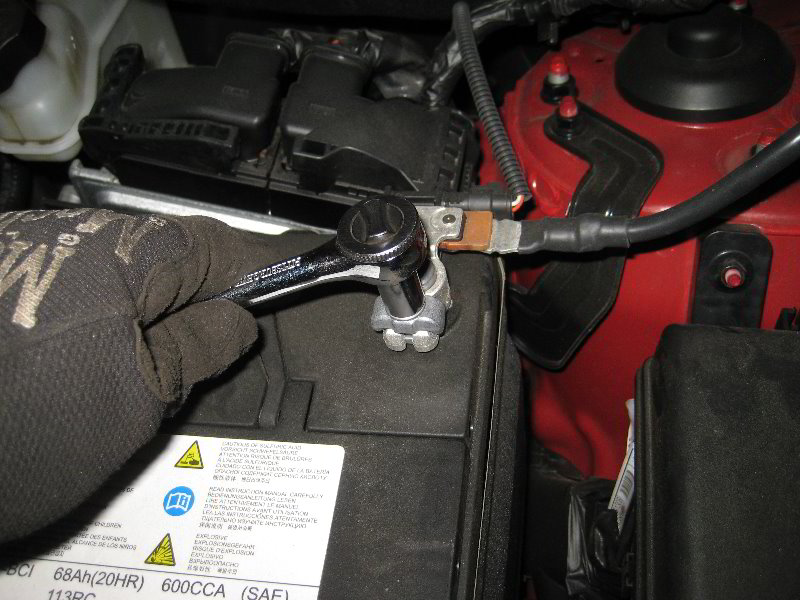
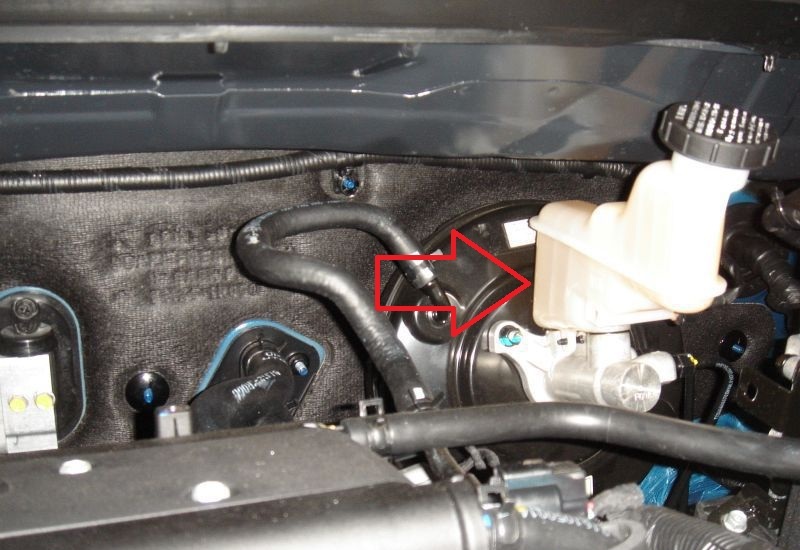
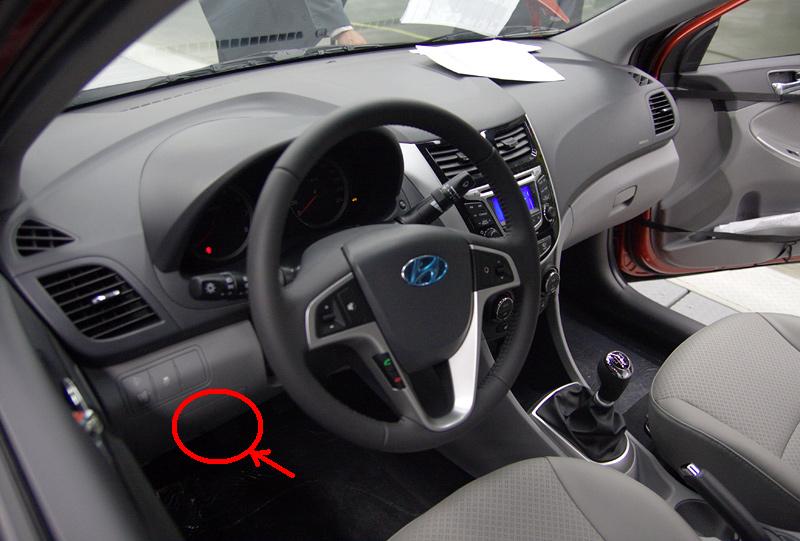
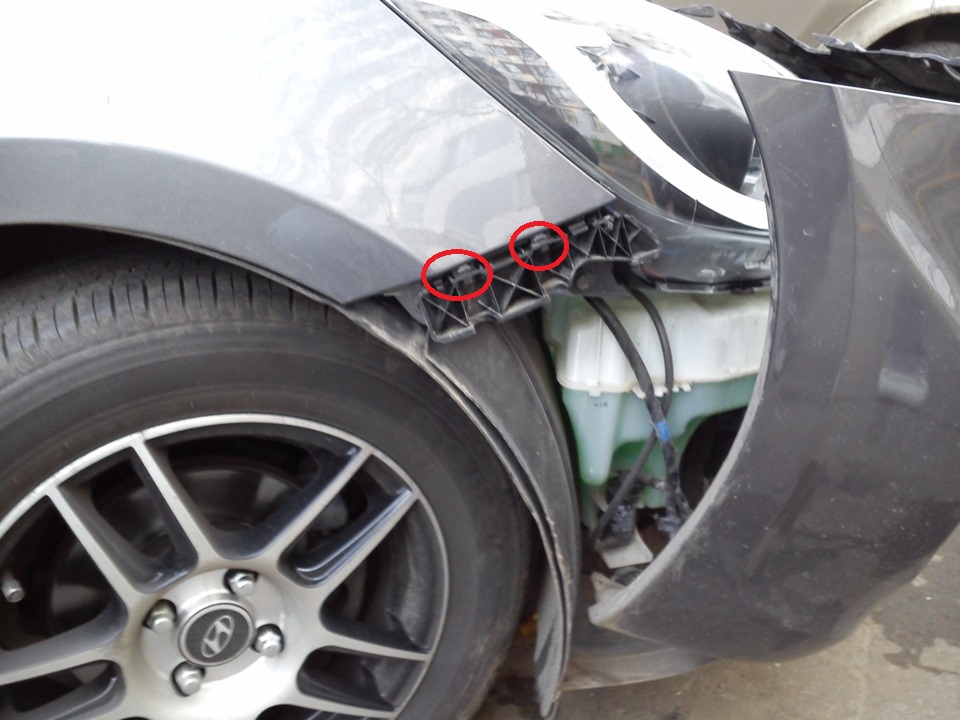
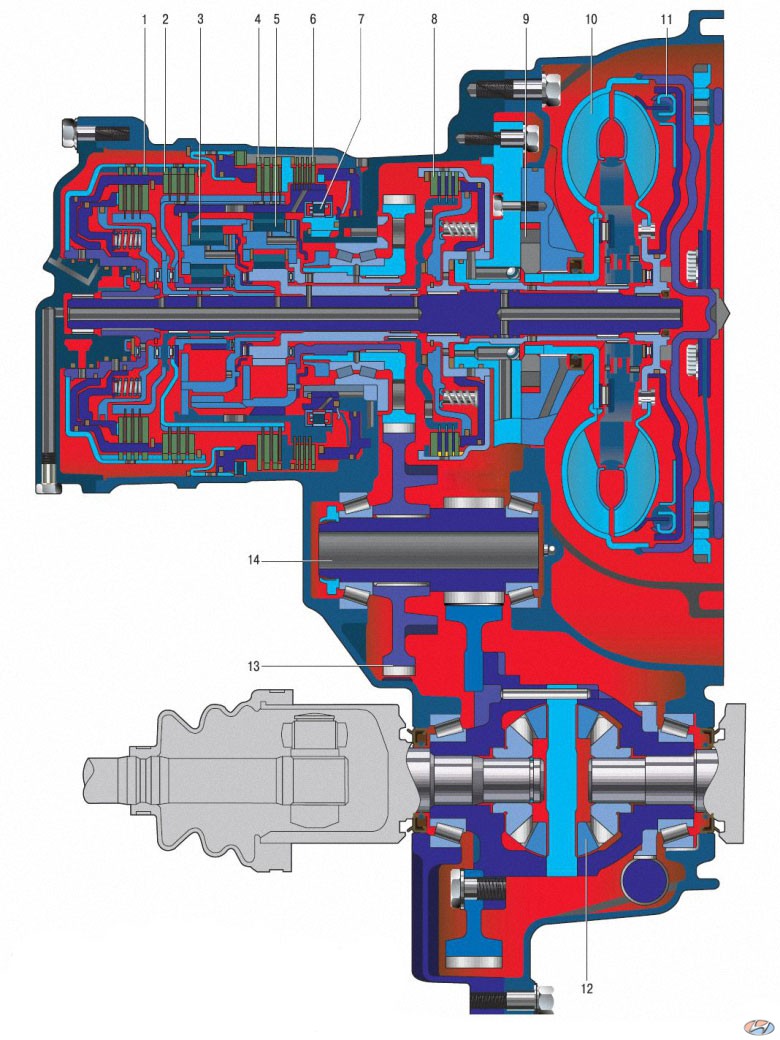
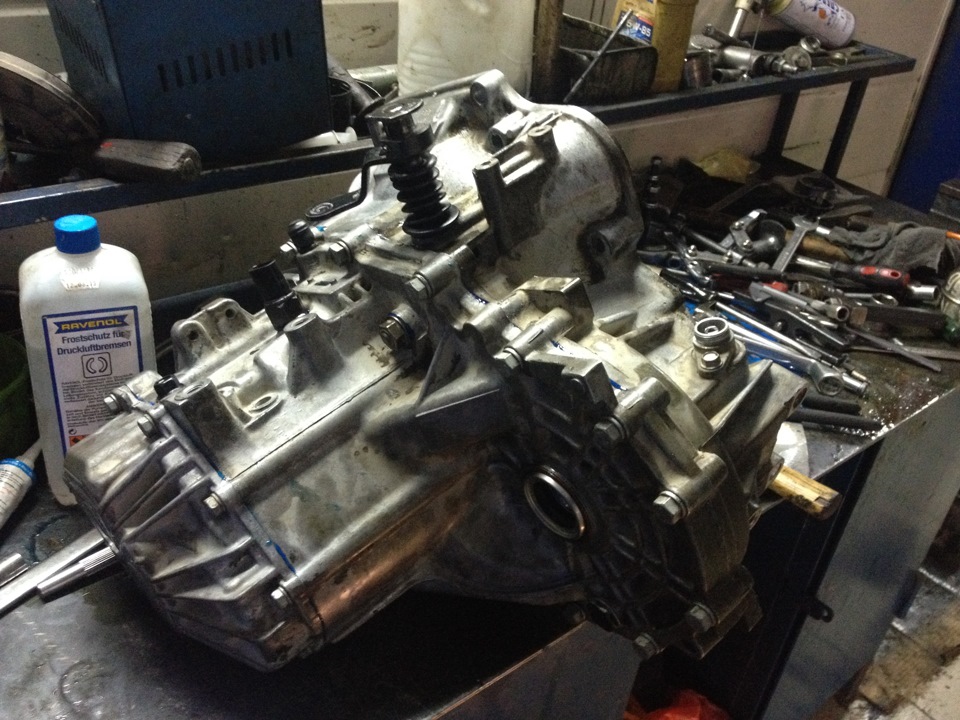
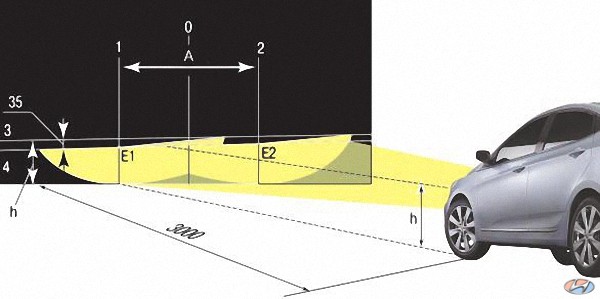
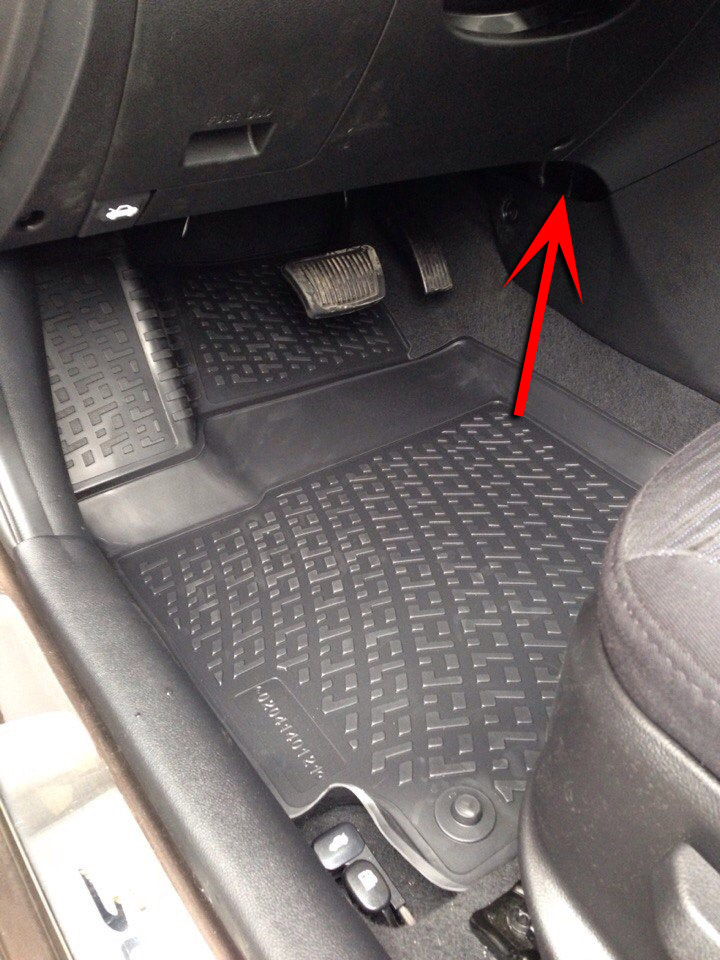

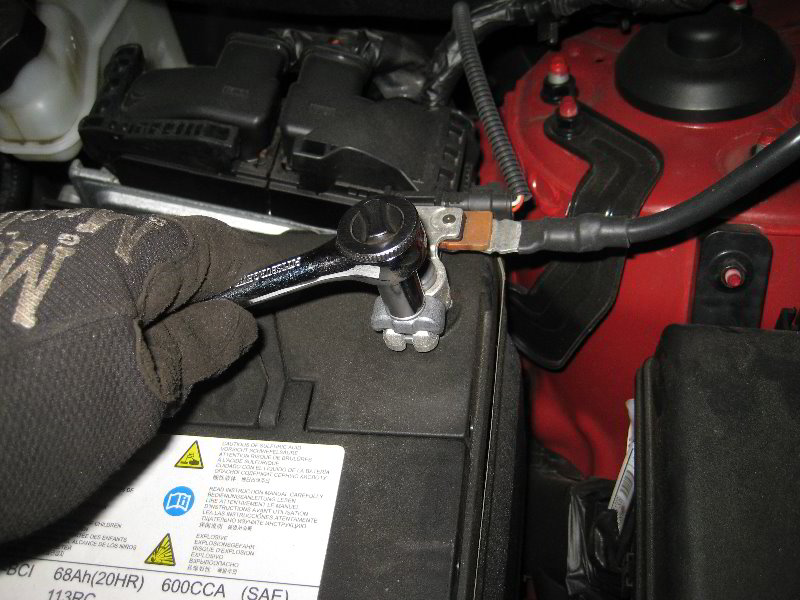
![1 generation [2010 - 2014]](/uploads/Hyundai_Solaris_2010_-_2014_.jpg)
